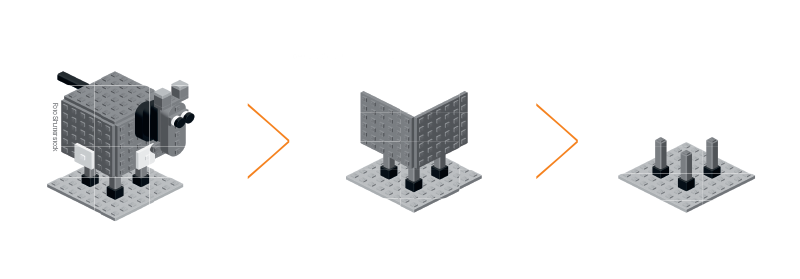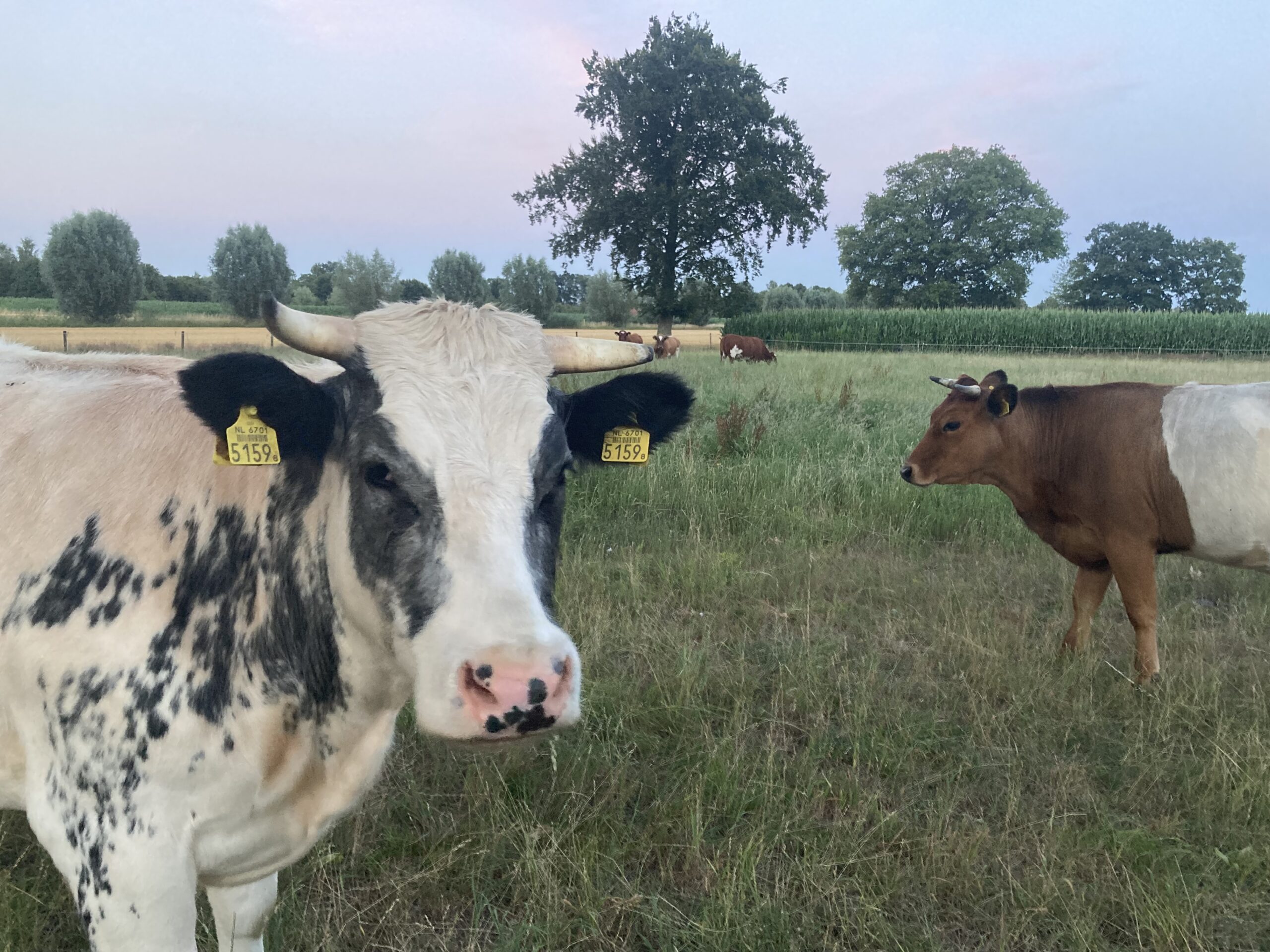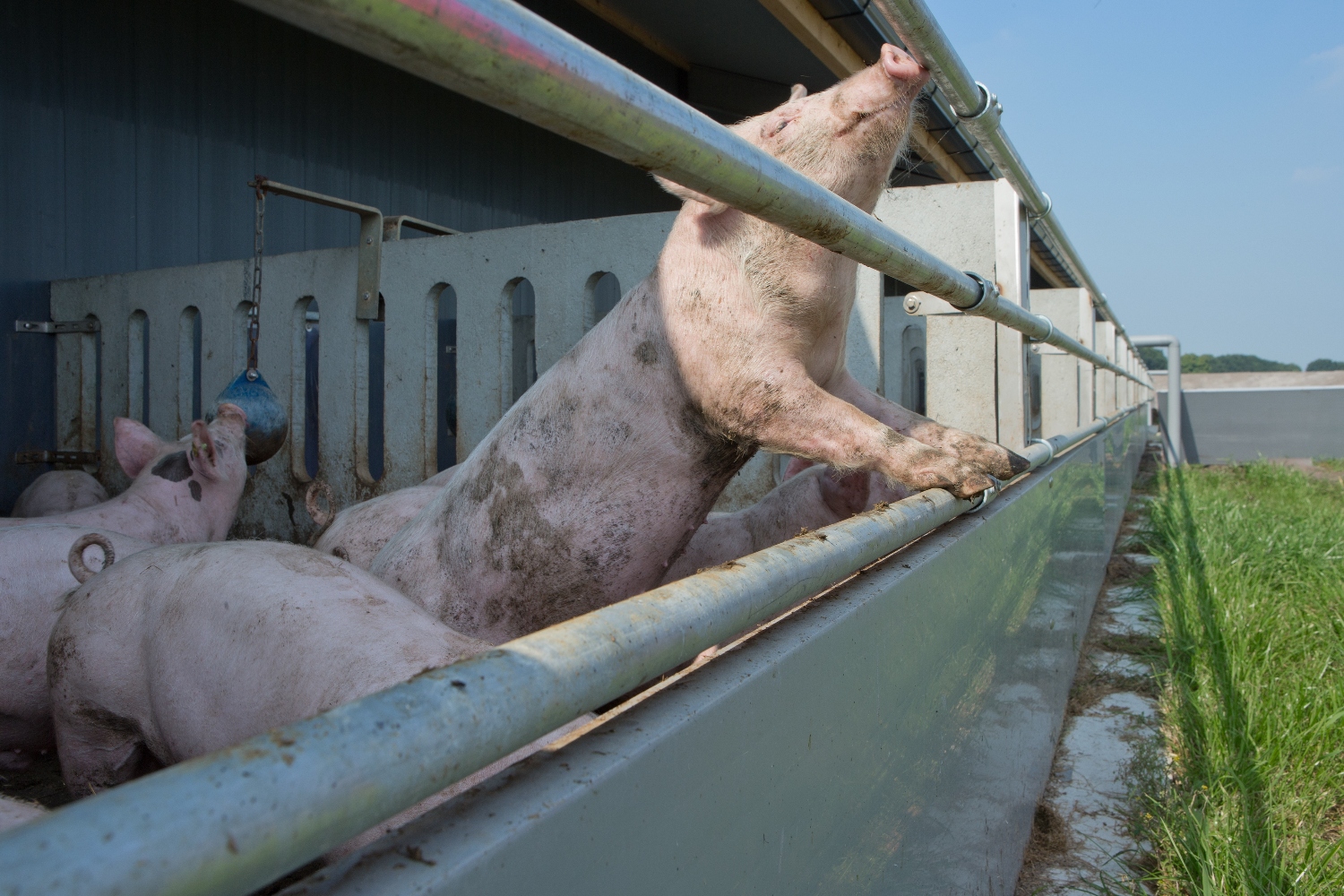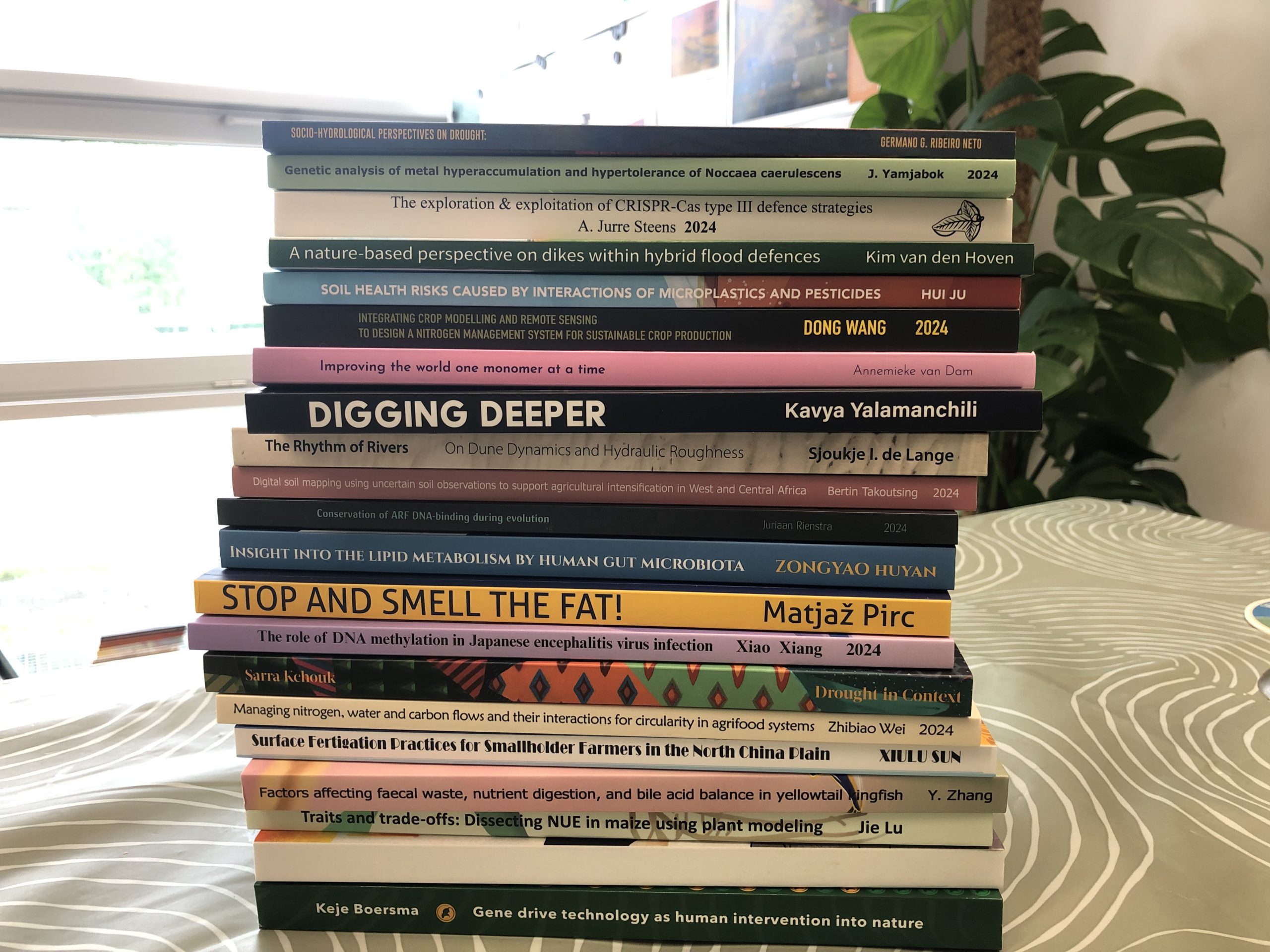In a joint research project on the digestive system of horses, the Animal Sciences group in Wageningen and the Utrecht University (UU) faculty of Veterinary Science hope to expose the precise triggers in the gastrointestinal tract for laminitis, a painful inflammatory response that leads to many horses and ponies being euthanized.
A lot can go wrong inside a horse’s digestive tract. Serious conditions such as colic (a collective term for abdominal pain in horses) and various forms of laminitis (also called founder, see inset) originate in this part of the body. But it is not easy to establish exactly what goes wrong. This is partly due to anatomy: given that a horse has as much as 20 metres of small intestine, about 9 metres of large intestine and an appendix that holds about 35 litres, it is hard to pinpoint the problem. Post-mortem studies can only shed limited light on the subject. ‘With these conditions, it is precisely the kinetics, the speed at which nutrients are absorbed or broken down, that is the crucial factor. There are certain chain reactions at work that you can’t analyse once the animal is dead,’ explains Wouter Hendriks, professor of Animal Nutrition at both WUR and UU. He is leading the project, which is called Bacin2Liver.
Bacin2Liver looks for answers not in the horse’s body but in the lab: it is developing a platform that simulates the specific digestive system of the horse, both the digestion in the small intestine and the fermentation in the large intestine and appendix. Hendriks: ‘We look at the kinetics taking place, as well as which metabolites the gut bacteria manufacture and how they affect the liver-intestinal system. We do this using organoids, stem cells from horses that we have cultured into intestinal or liver cell systems. We study how they react if the metabolism changes and toxins are formed. So we are going to generate a great deal of knowledge about detailed digestive processes.’ The method being applied, the ‘in vitro gas production technique’ (IVGPT), is already being used in digestive system research on pigs, dogs and cats.
Sugar metabolism
We know that In horses, fructans and starch can play a dubious role in digestion, sometimes disrupting the fermentation process in the large intestine. It has also been established that some breeds of horse and pony are more vulnerable to laminitis than others – and the same breeds are more prone to diabetes. Hendriks: ‘From previous research, we already know that something goes wrong with the sugar metabolism.
The project will contribute to a future free of animal testing
But exactly what sets off the inflammatory reaction of laminitis is still a black box. The organoids should tell us exactly what happens to the sugar metabolism. With our platform we shall soon be able to study precisely how fast or slowly particular substances get broken down, how well or badly digestion is going, and how they affect fermentation. All these things can be indicators for precisely how laminitis comes about,’ he explains.
Hendriks expects that the Wageningen/Utrecht team will succeed in discovering the conditions under which particular substances are formed in the intestines which cause the inflammatory response of laminitis. ‘We’ve already got some ideas about it: there is excessive growth of certain micro-organisms that make specific toxins when the pH level plummets due to fermentation in the large intestine. The key question is: which toxins are they, then? If we can figure that out using the organoids, and the conditions under which it happens, then we’ll also be able to work out how to prevent it.’
Public platform
Besides solving the laminitis puzzle, the Wageningen/Utrecht project also aims to create a platform that researchers can eventually build on to simulate other processes in horses, explains Hendriks. ‘This project will contribute to a future free of animal testing.’ There isn’t a firmly defined division of tasks, he says. ‘The organoids are somewhat more Utrecht’s territory – WUR can make them too, but Utrecht has more experience with specific equine organoids. And in vitro digestion is more up Wageningen’s street. But we’re not out to be competitive: both universities will do what it takes to set up this platform.’
Projects about horses are always very popular
By the same token, there is no question of secrecy towards the outside world. ‘We’re making everything public, right down to the specifications of the organoids and the conditions of the tests. So that other researchers can also benefit from the knowledge and insights we’ve gained.’
The four-year project is getting half a million euros from the Dutch Research Council (NWO). And the Dutch Horse Council and several feed producers are chipping in to the tune of 100,000 euros. At least one PhD position will be funded from the project budget, and Hendriks also hopes to be able to attract a PhD candidate who already has a grant. He expects to be able to offer students opportunities too. ‘Research projects about horses and pets are always very popular. You don’t normally get very many of them in Wageningen, but this project offers plenty of scope for research projects for Master’s students.’
Hoof problems
Laminitis is also known as founder (which means to stumble or go lame.) It is an inflammatory response which damages the connective tissue – laminae – between the hoof wall and the internal structure. This tissue acts like Velcro to keep the hoof wall and the internal structure together. In severe cases, they separate and a small bone inside the hoof (the coffin or pedal bone) can tilt and even perforate the hoof sole. In that case, the animal can rarely be saved. Even mild cases of laminitis are very painful: horses can barely walk and adopt a distinctive posture.




